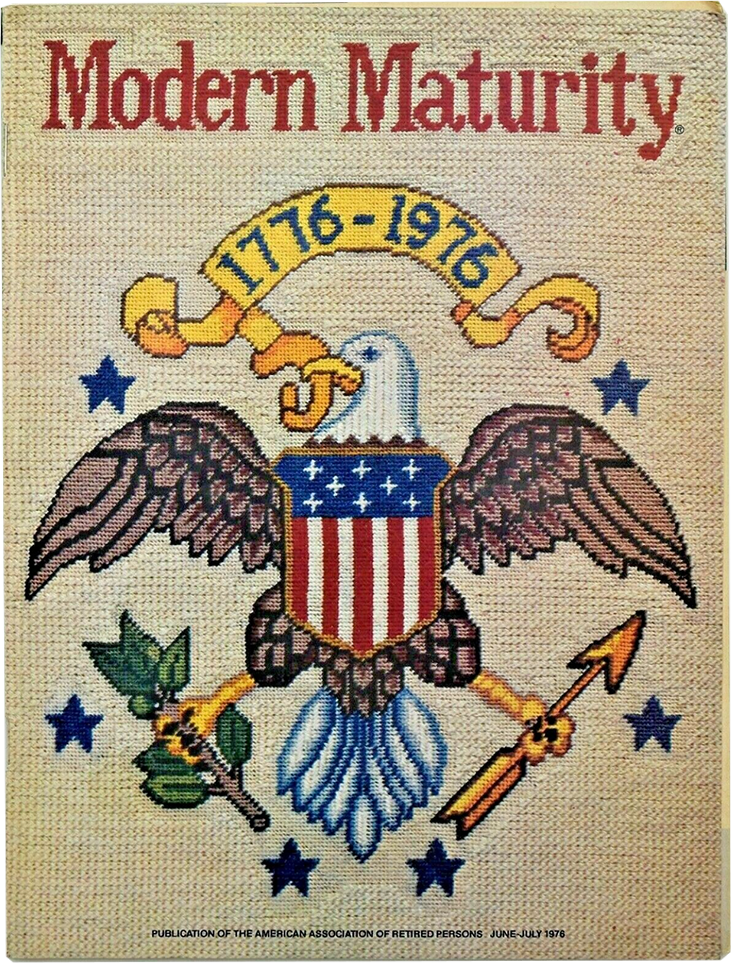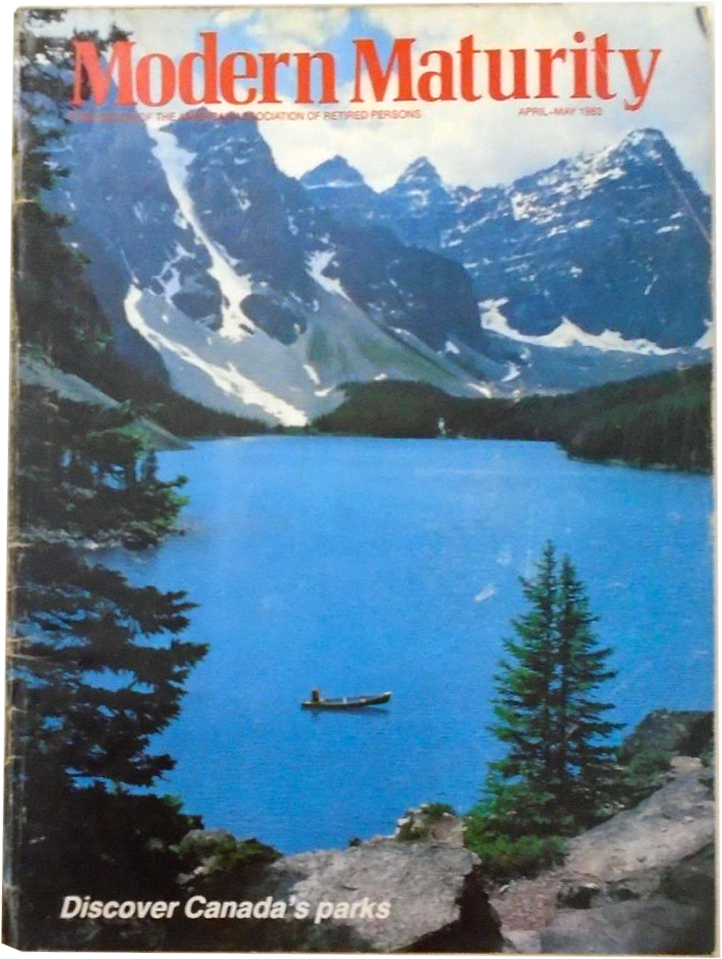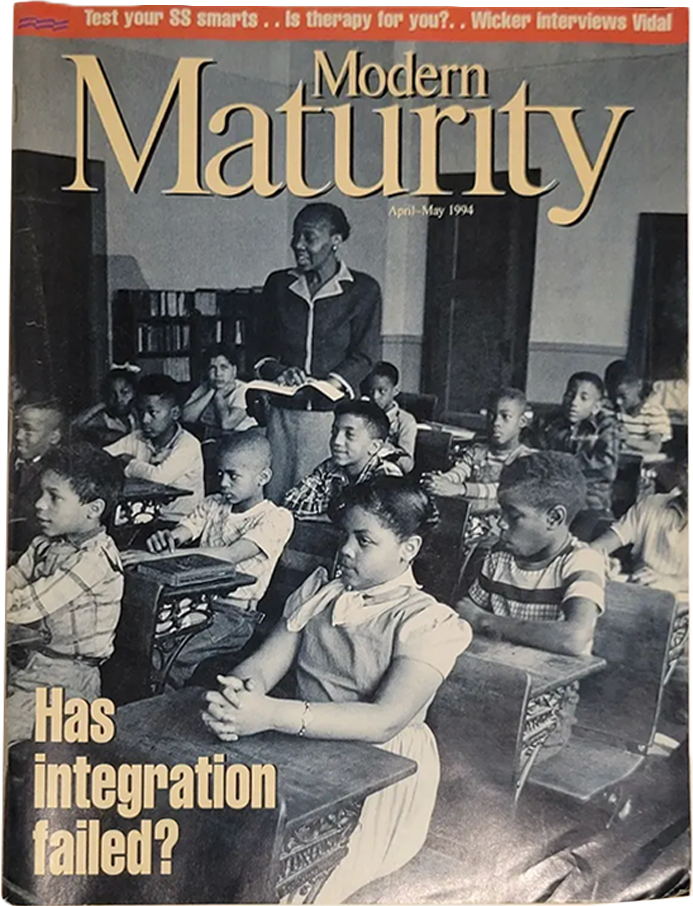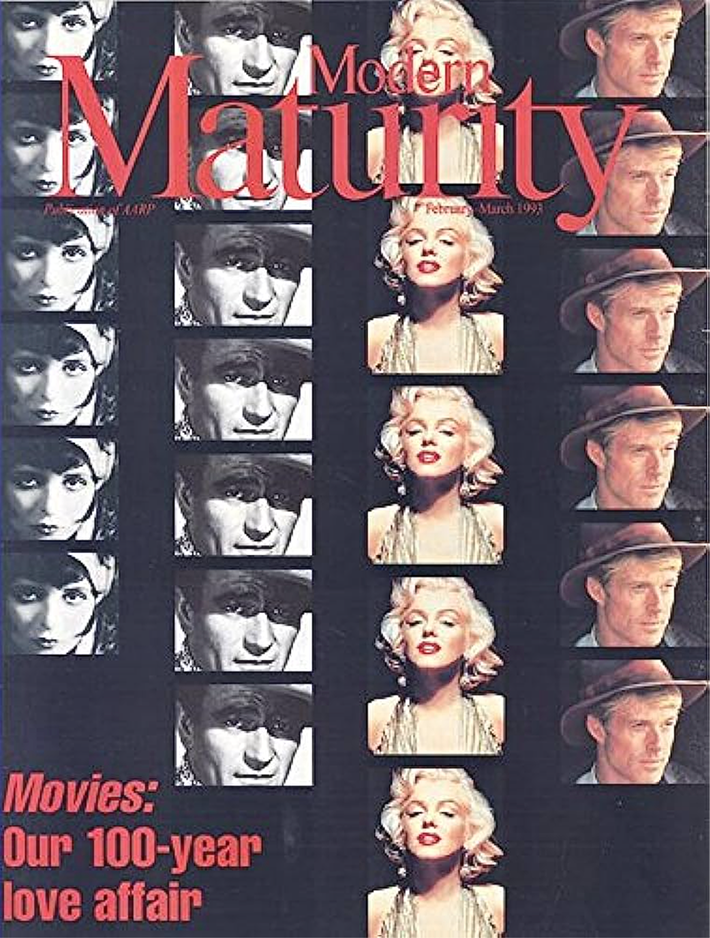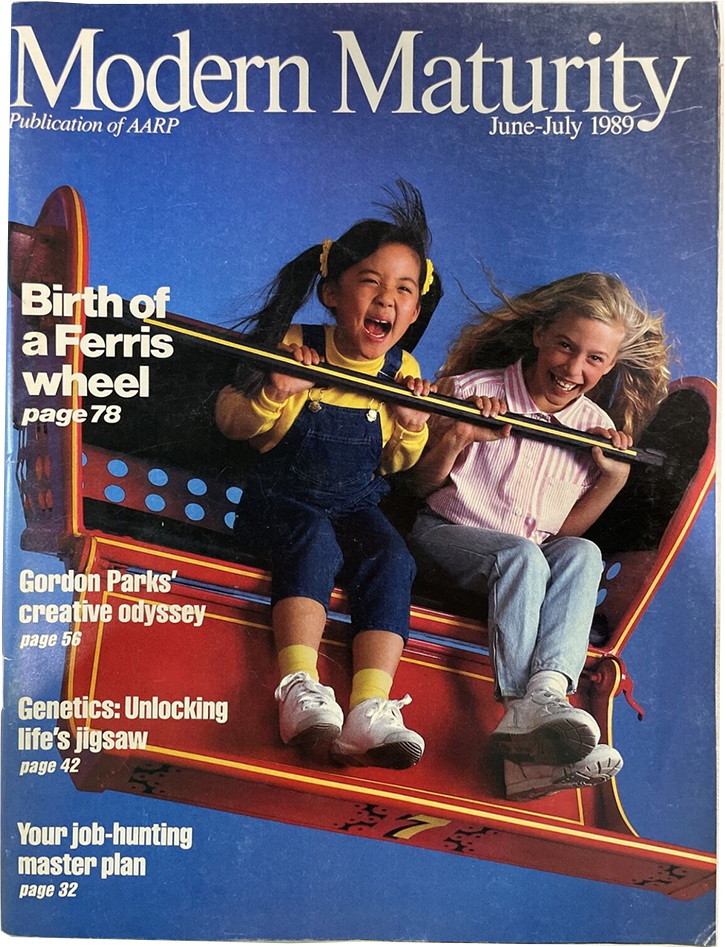
Ethel & Eleanor:
Kindred Spirits of the Modern Age
AN ONLINE EXHIBIT BY ROBIN GERBER
Images from the National Archives and Records Administration via Wikimedia Commons
After retirement, Ethel recognized that retired teachers were struggling to find housing on slim pensions, and to find purpose. Already in her sixties, Ethel was determined to create a new kind of retirement for teachers. One source of inspiration for her was the Cold Spring Institute.
Like Eleanor, Ethel believed that “we must strive in all areas of life to strengthen American democracy.” This value underpinned her work for retired teachers. She formed the National Retired Teachers’ Association (NRTA) which successfully lobbied for legislative changes to help retired teachers. Part of her impetus for forming the NRTA came when Ethel discovered a retired teacher living in a chicken coop. She became determined to provide not only decent housing but the opportunity for a meaningful life to retired teachers. She fulfilled her dream at Grey Gables, the retirement community Ethel created for teachers in Ojai, California in 1954. “Grey Gables is definitely not either a rest home nor an old folks home,” Dr. Andrus wrote. “It is a place for teachers no longer in active service who can make of retirement fulfillment rather than escape.” She wanted teachers with “adventurous good will.” She was creating a place for her retirees to live together “for the common good.” Eleanor, who had started and taught at a girls’ school called Toddhunter in New York City in the 1920s, was just the kind of retiree Ethel hoped to find.
ABOVE: Eleanor Roosevelt was the first chairperson of the UN’s Commission on Human Rights. Article 25 of the Universal Declaration of Human Rights grants older people the right to financial security.LEFT: The Cold Spring Institute of GerontologyBELOW: Eleanor Roosevelt at the Cold Spring InstituteEleanor, however, was pursuing her own dreams in the 1950s. Still fighting for racial justice, she befriended a young pastor named Martin Luther King. She advocated universal health care, national service for all young people and conservation of natural resources. She was a roving ambassador for American values, and the most admired woman in the world for many years running.
Eleanor appeared happy in her last decade, her broad smile lighting many rooms. People would ask her the secret to happiness and she had many answers that all led to one word: ‘service.’ Ethel echoed Eleanor’s sentiment saying, “We learn the inner secret of happiness when we learn to direct our inner drives, our interest and our attention to something besides ourselves.”
We have no record of the two women meeting at Cold Spring Institute, but in 1958, when Ethel published the first issue of Modern Maturity magazine, Eleanor contributed an article on aging. These two kindred spirits believed in the beauty of their dreams, and we are all better off for them.
Eleanor Roosevelt liked to say, “The future belongs to those who believe in the beauty of their dreams.” After living through the Great Depression and two world wars, Eleanor dreamed of a ‘world made new.’ She spent her life trying to build that new world, helping found the United Nations and serving among the first and only woman delegates. She worked for civil rights, supporting a federal anti-lynching law when her husband did not and fighting for equality for Black Americans in the military, in education, housing, and every sphere of American life. In Eleanor’s later years, education became her great cause, particularly civics. She was fearful that ignorance of democracy would lead to its downfall. It is no surprise that at age seventy-one, she was invited to an experiment in education in 1955 just twenty miles down the road from her home in Hyde Park, NY.
At Cold Spring Institute for Gerontology, Eleanor not only engaged with the thirty or so 55 to 77-year-old retired ‘students,’ she likely met a woman who was changing the lives of the elderly across America. Ethel Percy Andrus was a contemporary of Eleanor’s. Both were born into the Victorian American culture of the 1880s and broke from the traditional paths they were expected to follow. Like Eleanor, Andrus led a life of service. She was a teacher, one of the first woman high school principals, and devoted not only to her students but to the teachers she led.
Robin Gerber is the author of Leadership the Eleanor Roosevelt Way: Timeless Strategies from the First Lady of Courage. She is a best-selling author, historian, and speaker. She was a featured historian on the CNN/HBO series “American First Ladies.” She has appeared on The History Channel and Biography Channel, as well as on PBS Newshour, CBS, and FOX. Robin lives in Ojai, California.

More Info:
BACK
DR. ANDRUS
GREY GABLES
RESOURCES
OJAI SENIOR (55+) POETRY CONTEST
This poetry competition aimed to celebrate the originality and individuality of Ojai seniors through poetry. It was organized by local high school student Gary Liu as a tribute to Ethel Percy Andrus, who founded AARP and Grey Gables in Ojai. It also aimed to honor National Poetry Month and Older Americans Month. The contest ended on May 31, 2023. Thank you to all the wonderful writers who submitted their work to this contest.
Read the winning poems here.
This section of our website has been funded by the National Trust for Historic Preservation's Telling the Full Story Preservation Fund, with support from the National Endowment for the Humanities. Any views, findings, conclusions or recommendations expressed on this website do not necessarily represent those of the National Trust or the National Endowment for the Humanities.





